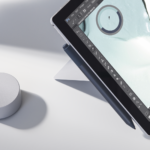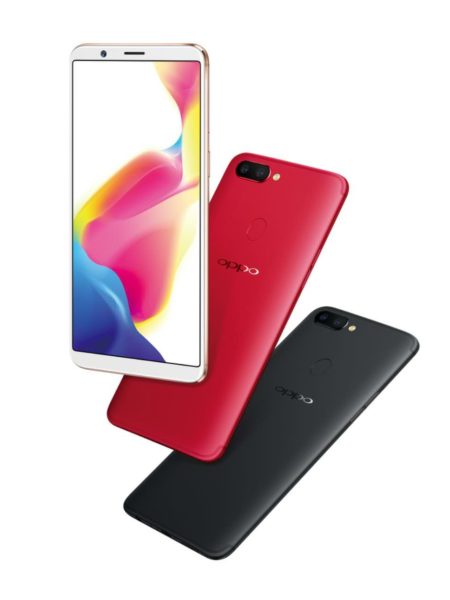
The new Oppo R11s, launched in Singapore last week, is the followup to the Chinese phone maker’s R11 that promised good value for a power-packed device.
It’s clear on first glance that the company has made some changes. Gone is the fingerprint scanner in the front, which is replaced by a bigger 6.01-inch Full HD AMOLED screen in 18:9 ratio (2,160 x 1080 pixels).
To unlock the phone quickly, one option is face recognition. If you’re thinking of Apple’s iPhone X, yes, that’s what’s on my mind as well.
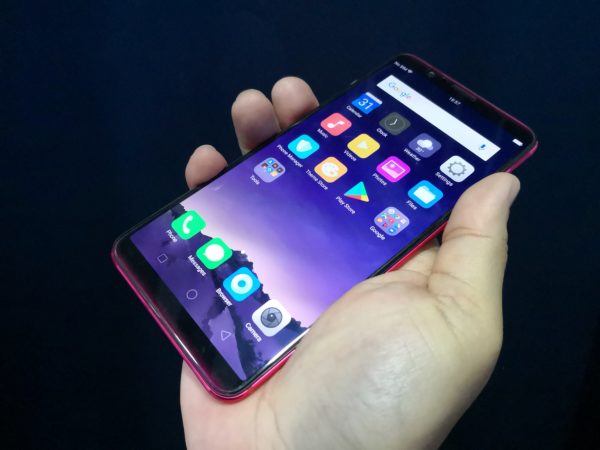
The phone has kept its thin profile and feels the same as the R11, which is a good thing. More importantly, it wants to solve a little-known problem with smartphones – muffled sounds coming from the speakers as your right palm covers them while holding the phone in landscape orientation.
Oppo has carved out the bottom of the phone to create a small space to allow sound to escape. It shows that an innovative solution does not have to be complex.
One more piece of good news: If you don’t like to use speakers while watching Netflix, the 3.5mm stereo jack is still around for you to plug in your favourite earphones or headsets.
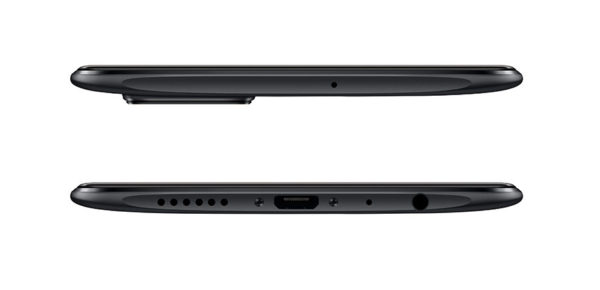
Since the Oppo R11s is touted as a camera phone, you can expect improvements in image quality as well.
The phone’s dual cameras now sport two dissimilar sensors – 16 megapixels for the main camera and 20 megapixels for low-light scenes. Both come with an f1.7 aperture lens, so taking handheld night shots should not be an issue.
My concern is the size of the sensor pixel. If the sensor is to capture more light, the pixel should be as big as possible even though the R11s’ pixel size is already at 2.0µm.
Squeezing 20 megapixels into the sensor would mean the light capturing area for one pixel site is actually much smaller but Oppo says it overcomes this by merging the pixel sites to collect more data.
If that’s the case, the effective pixels could be much lesser than the 20 megapixels on the sensor and that might affect the image quality. Only a proper test would throw some light on how effective is the implementation, which I hope to do when I get a loan unit for review.
The other improved feature is the beauty mode capture that uses the front-facing 20-megapixel camera with an f2.0 lens. The phone is able to capture 254 facial recognition points in 3D and compare the data with its database of selfie images within the phone. The image processor then applies the appropriate beauty enhancements to the face.
Obviously, this would be the killer feature for users who want to get rid of wrinkles, make their eyes seem bigger, smoothen their skin and sharpen facial features.
Is Oppo aiming the S$699 R11s at women, with a champagne gold, black or pink-like finish, when it hits the shops here on December 2? Maybe, though men also take selfies.
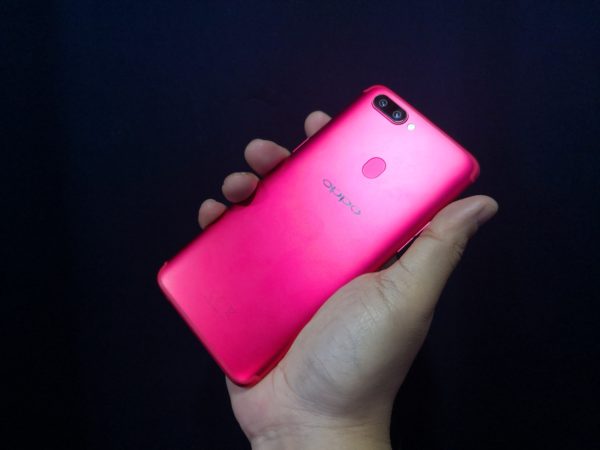
The phone comes with 4GB of RAM and 64GB of storage that can be expanded with a microSD card. It also packs a 3,205mAh battery, which holds just a little less juice than the Samsung Galaxy Note 8’s 3,300mAh.
What puzzles me is the use of the less powerful Qualcomm Snapdragon 660 chip for a flagship device. It is certain beefy enough for everyday use today but for folks who seek the latest and greatest hardware, this might be a deal breaker.
Another head-scratcher is the lack of NFC (near-field communication). This is a common technology used for anything from pairing Bluetooth devices to paying for groceries with Android Pay, so you’d expect it to be on a mid- to high-end phone today.
